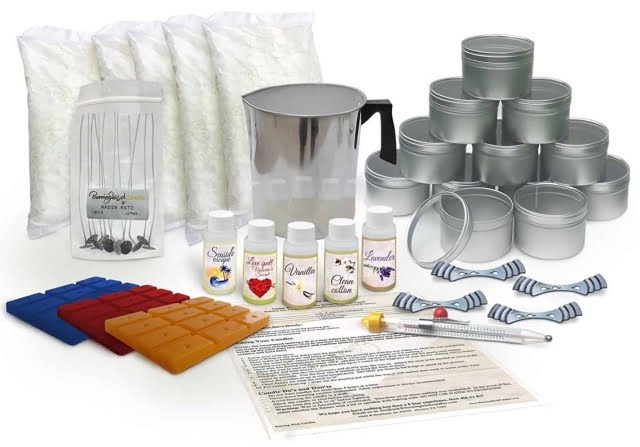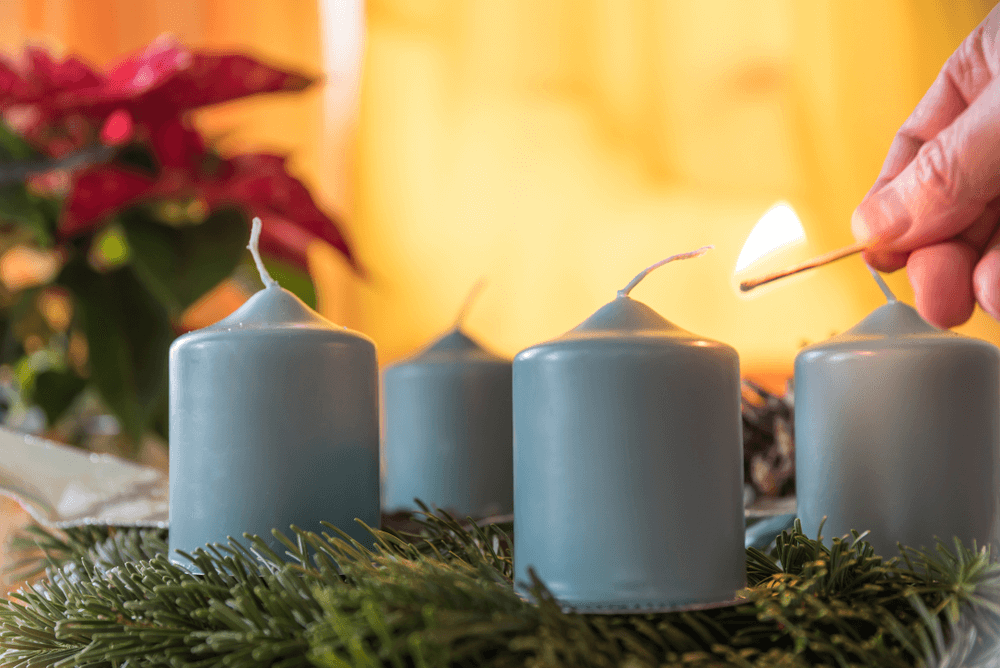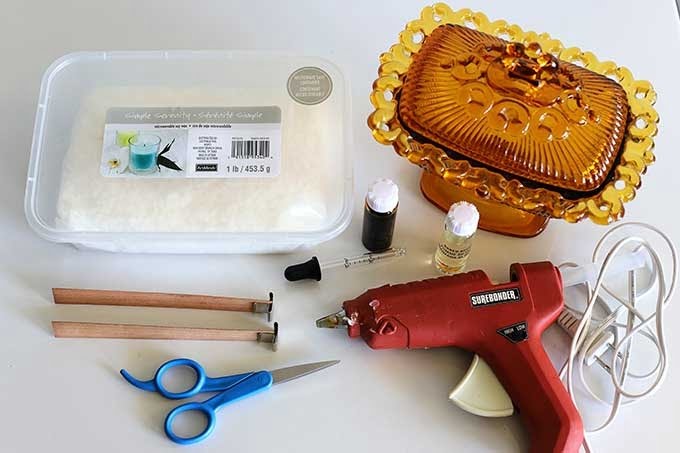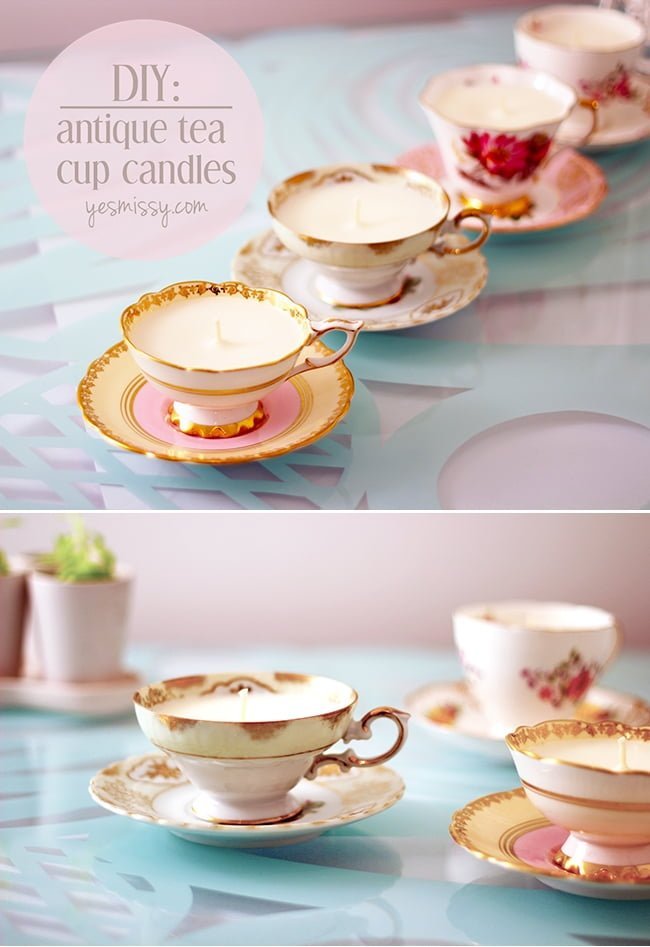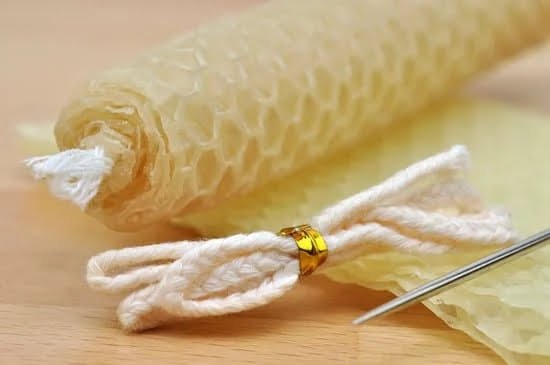Introduction
The allure of scented candles has captivated people for centuries. From religious ceremonies to modern self-care, the mesmerizing ambiance created by burning scented wax is one that is both calming and energizing. Starting in Ancient Egypt, the first wicks were formed from papyrus reeds then soaked in melted animal fat, with herbs added for a scent. Since then, many have become enchanted by the warmth and beauty of these flickering flames.
The use of various materials has changed over time, but the production process of making these scented candles has still remained relatively similar. The most popular material used today is paraffin wax and most mass-produced candles are made this way. To make paraffin wax scented candles, manufacturers must create a blend of fragrances mixed with dye responsible for giving each candle its unique color and aroma. This blend is then mixed into heated liquid paraffin wax until completely dissolved before the mixture is poured into molds or containers thus taking shape as our beloved skilfully decorated scented candles. Once cooled off, wicks are inserted in order to let it burn conveying its appealing aroma around a room.
With so much variety on offer from flowery perfumes to woody smells – it’s no wonder why many find themselves irresistibly drawn to these captivating pieces of art!
What Materials are Used in Crafting Scented Candles?
Wax: The wax used to make scented candles is typically made from natural ingredients such as soy, beeswax, or vegetable wax. It is also possible to make candles with a blend of synthetic and natural waxes. The type of wax used affects the candle’s burning characteristics, so it’s important to choose one that best fits your needs.
Fragrances: The fragrance chosen for a candle is the key to creating an inviting scent. With so many different types available, shop around for the right one. Because fragrances are often based on essential oils extracted from plants, be sure to pick Z-graded scents that are suitable for use near open flames!
Wicks: Wicks help control and direct the flow of melted wax when burning a candle. There are many varieties of wicks available but most commonly they are made from cotton threads coated in either zinc or stearin (a hardened fat). Choosing an appropriate wick will prevent smoking, create strong scent throws and produce an even flame throughout the burn cycle of a candle.
Containers: Candles can be contained in a variety of materials such as ceramic, glass or metal containers depending on your preference and budget. Select materials based on their heat resistance properties as not all materials will be able to withstand high temperatures derived from lit candles. Also consider if you may need lids or not!
Coloring & Embellishments: Many fragranced candles have decorations that add beauty and dimension to the finished product. Adding color and glitter can not only add sparkle but also help accentuate interesting shapes within containers if desired. Other embellishments like wooden wicks offer a cozy comfort while burning your favorite scent in addition to other aesthetic elements like glass stones and faux flowers.
How are Scented Candles Made?
Scented candles are produced by various methods. The most popular method of scenting candles is hand-pouring. This requires melted, lightly scented wax to be poured into a container where the scents can mingle with the hot wax and create a more flavorful scent. One can also use candle-making molds in order to produce an array of uniquely shaped, scented candles. To make these, one would simply fill the mold with a mixture of beeswax, soy wax, or a combination of both, then add fragrance oils or essential oils to give the candle its desired scent. The wax is then cooled until it hardens and takes on the shape of the mold used. Both methods produce delightful scents which you can enjoy burning during special occasions or any time you need some relaxation.
Soothing Benefits of Aromatic Candles
Scented candles are created in several ways and can be found in a variety of colors and fragrances. Candle wax is first poured into a mold, typically made from aluminum or ceramic, and then allowed to harden. After the wax has hardened, a cotton wick is inserted into the center of the candle. The last step is to add fragrance and often dye or color that gives the candle its unique look.
The use of aromatherapy candles for mood-lifting, stress-relieving effects dates back centuries — evidence suggests their use as far back as Ancient Egypt! They have remained popular due to their ability to provide an atmosphere of calm and relaxation when used correctly. Different essential oils like lavender, eucalyptus, rosemary, peppermint, are commonly added to candles depending on what scent you prefer — each oil carries its own distinct aroma linked with specific calming benefits. Lavender is known for its soothing aroma that can help relieve stress; rosemary encourages mental clarity; while eucalyptus serves as an energizing pick-me-up perfect for getting through those arduous workdays. Clary sage helps ease anxiety while ylang ylang works well with fatigue. Additionally, not only do these scented candles serve a practical purpose but also an aestheic one—contributing therapeutic brings through visual design elements to match an overall calming cultural vibe.
Tips For Buying a Quality Scented Candle
Scented candles are typically made with a combination of various waxes, such as paraffin and soy. The type of wax used largely dictates the strength, durability and quality of the candle as well as the scent release when lit. When shopping for a quality scented candle it is important to closely examine the ingredients listed on the label. Paraffin wax is economical but not as natural or eco-friendly as other alternatives like beeswax and soy; however, these can be more expensive than paraffin wax-based candles. Also look out for additives to maximize scent throw from the candle like Natural fragrances (essential oils) or Pthalate-free synthetic fragrances. It’s also possible to find more exotic aromas available in upmarket shops that have a greater depth of fragrance and longer lasting aroma properties due to higher concentrations of essential oils. Additionally, check to see whether the wick used has a paper core which is usually reinforced with metal to ensure that it stands upright in the melted wax without curling or smoking. Lastly, when shopping for scented candles opt for artisanal candles made by hand with natural ingredients and pure essential oils – this will discourage any potential irritation from synthetic fragrances or dyes common in lower quality candles.
Conclusion
Scented candles have the potential to be a transformative experience. All it takes is an attentive mind and a few moments to sit, relax, and simply enjoy. After finding the perfect scented candle for your home or office space, find some time to be alone with it and take notice of how it can make the atmosphere around you feel more inviting and pleasant. Light the candle and use this time to become aware of the scent spreading throughout your space; appreciate its power in how it evokes emotions by taking you back in memory or by calming your anxieties. Be mindful of textures, colors, smells, sights; let all these aspects come together fully so that you can truly savor the beauty of an aromatherapy candle experience. It’s not merely about lighting a scented candle; but rather fully receiving every sensory nuance that these candles offer up as gifts of delight.

Welcome to my candle making blog! In this blog, I will be sharing my tips and tricks for making candles. I will also be sharing some of my favorite recipes.

